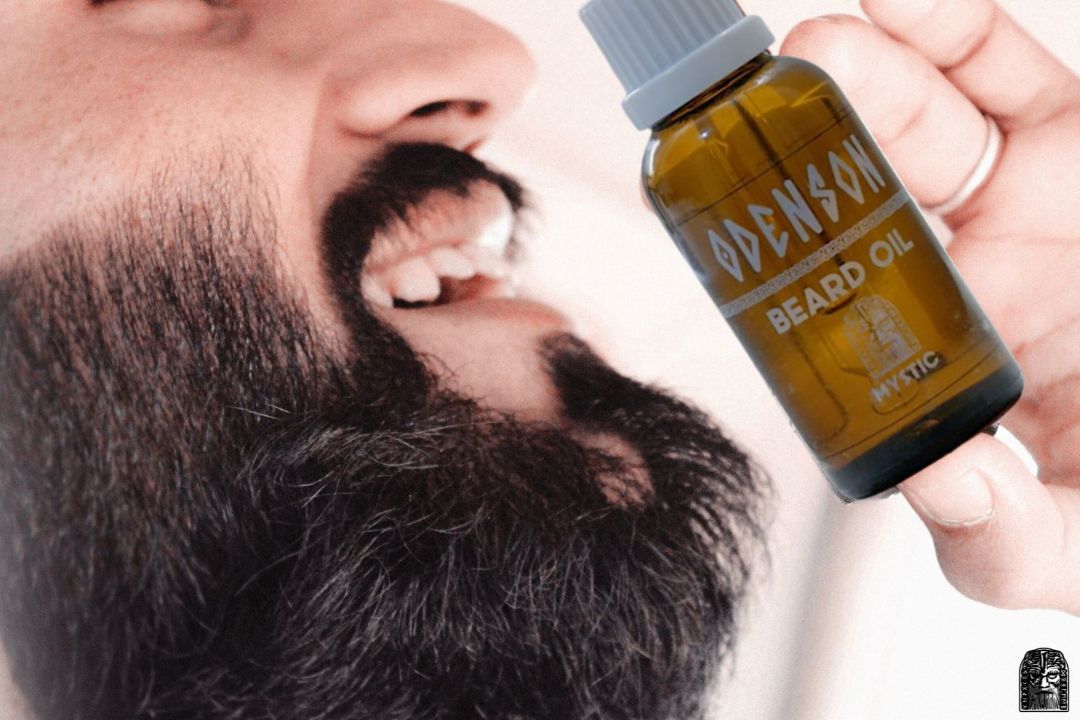No man wants a patchy beard due to beard hair loss. Unfortunately, for some men, it happens.
But as science progressed, facial hair transplantation made the revival of beard hairs possible. In this blog, we will look closer at one of the most popular facial hair transplants today—Follicular Unit Extraction (FUE), its requirements, the surgical procedure and aftercare treatment.
So if you're one of the few unlucky men with a balding beard, read more.
Preparation for FUE surgery
Follicular Unit Extraction, aka FUE, is a type of hair transplant that uses individual hair follicles to restore hair growth in areas that have become bald or thinning. Hair transplant surgeons pluck out individual hair follicles from the donor area to the balding area. You usually donor hairs from the back of your head.
Before the procedure, the hair doctor will evaluate the patient and draw a design to determine which areas of the face will receive hair grafts. The face is divided into different zones, including the upper lip, chin, cheek, and sideburns.
The density of the transplanted hair can vary depending on the desired result. Higher density will create a thicker beard, while lower density requires a larger beard to cover the gaps. The number of hair follicle units (FUs) needed is determined based on factors like:
- Patient expectations
- Face size
- Design
- Amount of preexisting hair
Sometimes, multiple procedures may be necessary to achieve the desired result. The recipient area or your beard area must be in good condition. If you have skin issues like infection or acne, you must cure it first before surgery. The patient should also be in good health.
It takes about 10-14 months to see the total growth of the transplanted hair. The grafts may be shed in the first few months, but the hair will regrow.
The surgical process
On the day of the surgery, doctors will design and trace out the final look of your facial hair transplantation. With FUE, they will use a small, round micro punch tool, which sounds agonising, but, in fact, it is quick and nearly painless.
When a patient already has a beard, the doctor trims it to a stubble. This allows him to see where he'll implant the hair grafts. This procedure uses local anaesthesia to numb the area. But in rare cases, they sedate the patient if they can't tolerate the pain well.
There are two techniques used for implanting the grafts: forceps and implanters.
Forceps
The doctor carefully holds single hair grafts and gently inserts them into a pre-made incision on the bald area. It is crucial to be cautious and avoid damaging the bulb, which is the base of the hair follicle. After all the necessary incisions, the surgeon would implant the single hair unit. This is also known as the "stick and place" method.
Implanters
Implanters are special tools where surgeons load the grafts and inject them into the skin with a plunger. These can be either dull or sharp.
Dull implanters are used when inserting grafts into pre-made incisions, while sharp implanters are used to create an incision in the skin and immediately implant the graft. One advantage of implanters is that they reduce direct handling of the bulb, potentially causing less trauma than forceps.
During the implantation process, it is important for the doctor to carefully consider the direction in which the grafts are being implanted. The goal is to make them as parallel as possible to the skin, following the natural direction and angle of the surrounding hair.
Post-surgery care
Like any surgery, you will experience the most common post-operative experiences, such as bruising and discomfort. Dressings or bandages may be applied, with a pressure bandage possibly worn for a day or two. Additionally, small scabs may form across the treated areas of the scalp and your beard area.
Most people can return to work within a few days after undergoing an FUE transplant unless they have a physically demanding job. You can completely heal within two weeks. However, it's important to note that the recovery time for beard transplants can vary from man to man.
During the first few days after surgery, you must avoid applying too much pressure onto the transplanted area. Additionally, it is not recommended to expose the treated area to intense sunlight.
Remember, each individual's recovery process may differ, so it's important to follow the specific guidelines provided by your doctor.
FAQs about FUE
How much does this beard transplant procedure cost?
Nothing is free, and facial hair transplants don't come cheap at all. This surgery ranges from €3,000 to €14,000, depending on the country and the surgeon.
Can your insurance cover beard transplants?
A beard transplant or any hair transplant is considered a cosmetic procedure, not a medical emergency. Thus, your health insurance, whether it be public or private, will not cover this surgery.
What are the risks and side effects of a beard hair transplant surgery?
FUE procedures are minor surgeries and have no fatal risk whatsoever. However, there are also some potential risks associated with FUE hair transplant, such as:
- Infection at the incision sites
- Bleeding
- Minimal scarring
- Hair loss. In rare cases, some of the transplanted hair follicles may not survive and may fall out. This is usually temporary, and the hair will eventually grow back.
- Nerve damage. This can lead to numbness or tingling in the area where the nerves are damaged.
- Allergic reaction to anaesthesia. If you are allergic to local anaesthesia, you may experience an allergic reaction during the procedure.
Aftercare treatments from Odenson

If you want to achieve a fuller beard and have the means, this facial hair transplant procedure is the perfect solution. But once you fully recover, you must start caring for your brand-new beard. And what better way to treat your facial hair properly than our exceptional beard care items?
Visit our store today for all your post-op facial hair needs!
.webp)
